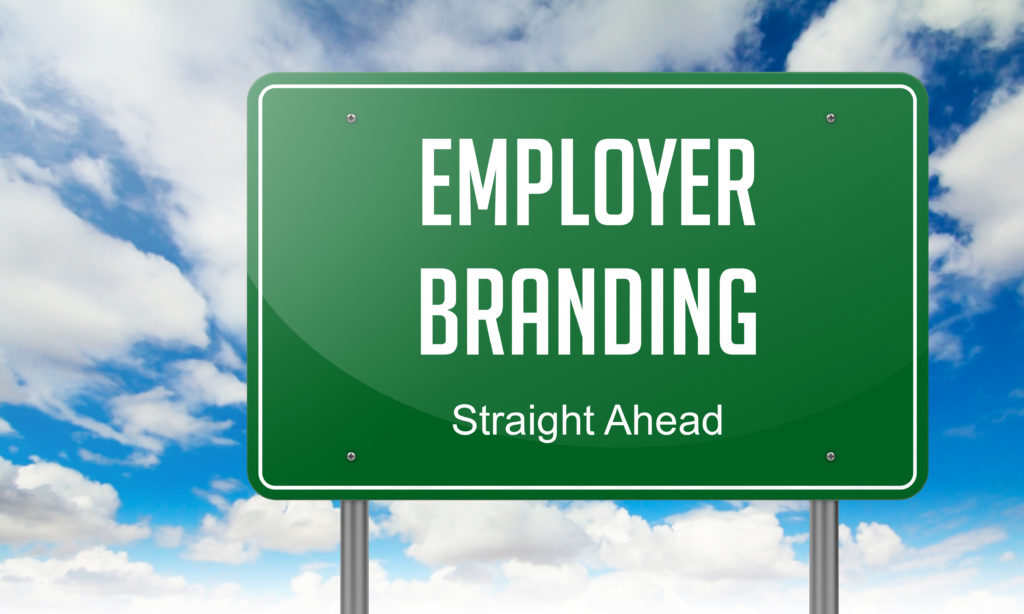
Employer Branding has become an integral part of an enterprise’s strategic efforts to promote, attract and retain talented employees. Since its (academic) inception in 1996 by Ambler & Barrow, the domain has expanded greatly and moved beyond simply being a “package of functional, economic and psychological benefits” (1996, p.187) provided by an employer, to a fine-tuned definition as “a generalized recognition for being known among key stakeholders for providing high quality employment experience, and a distinctive organizational identity which employees value, engage with and feel confident and happy to promote to others” (Martin et al., 2011, p. 3618-19). Yet the vast majority of employer brand(ing) research has focused on the internal and external brand associations, fully managed by the company, not necessarily taking into consideration additional factors (not necessarily related to the job) when choosing where to work. Factors, such as the geographical location of work often goes unseen.
City Branding, on the other hand, is about creating a collective and competitive identity for a place – usually with the intent of attracting/retaining tourists, investors, companies, students, and of relevance to this project – talented people. It therefore seems opportune for employer brands to harness synergy effects from a city’s image in order to secure and deliver a high-quality employment experience. This is of high academic and managerial relevance to both companies and cities in the global marketplace as, the fight for talent has intensified, and migrancy patterns leaning towards larger cities and urbanization. Would the same job fare as well in capturing the ideal candidate in Vejle, as compared to Copenhagen?
Moreover, in a post COVID-19 world, the standard ‘office job’ has been greatly opened up to debate and testing. More specifically, is it necessary at all to sit at an assigned desk in a building for an office job? Remote work has become the new megatrend with work-life flexibility and balance, and companies are still left scrambling on how to balance productivity and a motivated workforce. For city branding, attracting talent may have opened a new avenue – especially for smaller cities – who can offer better/cheaper housing opportunities, closer access to nature and institutions for families, etc., while said talent can work remotely.
This is of particular relevance to our corner of the world (Esbjerg), where we have some of the highest failed recruitments in the country – particularly the highly educated workforce (Stagis, 2021) and a negative image making the place seem as an unideal place to work and live (Dragin-Jensen & Lenholdt, 2021).
This project will focus on investigating our understanding of how companies, via their employer brands, can use city brands as an additional avenue for differentiating their employer image. Specifically, we wish to assess what is currently being done in the field (in Denmark) of harmonizing employer brands with city brands, as well as identifying areas of opportunity.
References
Ambler, T., & Barrow, S. (1996). The employer brand. Journal of Brand Management, 4(3), 185–206. https://doi.org/10.1057/bm.1996.42
Dragin-Jensen, C., & Lenholdt, M. (2021). City profile: Tackling prolonged negative images in Esbjerg, Denmark. Cities, 119(103323), 1–13. https://doi.org/10.1016/j.cities.2021.103323
Martin, G., Gollan, P. J., & Grigg, K. (2011). Is there a bigger and better future for employer branding? Facing up to innovation, corporate reputations and wicked problems in SHRM. International Journal of Human Resource Management, 22, 3618–3637. doi:10.1080/09585192.2011.560880
Stagis, N. (2021). Bosætnings-og Imageanalyse: Esbjerg kommune.

